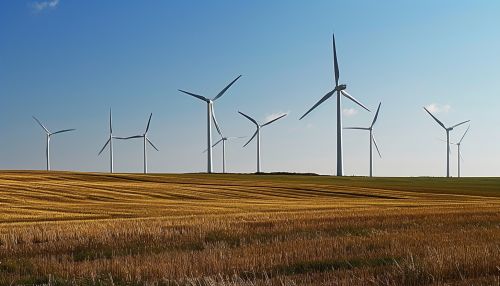Energy conservation in the United States
Introduction
Energy conservation in the United States refers to efforts made to reduce the consumption of energy. The practice of energy conservation is significant due to its environmental and economic benefits. This article explores the history, methods, and impact of energy conservation in the United States.


History
The concept of energy conservation began to take root in the United States during the 1970s energy crisis. This period saw a significant increase in energy prices due to the geopolitical issues in the Middle East. The crisis led to a new focus on energy conservation, with the government and private sector investing in research and development of energy-efficient technologies.
Energy Conservation Methods
Energy Efficiency
Energy efficiency refers to the use of technology that requires less energy to perform the same function. A simple example of energy efficiency is using LED light bulbs instead of traditional incandescent bulbs. LED light bulbs use significantly less energy and have a longer lifespan.
Renewable Energy
The use of renewable energy sources, such as wind, solar, and hydroelectric power, is another key aspect of energy conservation. These energy sources are sustainable and do not deplete natural resources or contribute to climate change.
Behavioral Changes
Behavioral changes also play a crucial role in energy conservation. This can include simple actions such as turning off lights when not in use, using public transportation or carpooling, and reducing water usage.
Impact of Energy Conservation
Energy conservation has a wide range of benefits, from reducing greenhouse gas emissions to saving money on energy bills. It also plays a crucial role in reducing the demand for energy, which can lead to lower energy prices and increased energy security.
Challenges and Future Directions
Despite the benefits, there are also challenges associated with energy conservation. These include the upfront costs of energy-efficient technologies and resistance to behavioral change. However, with continued research and development, as well as policy support, energy conservation continues to be a key strategy for addressing energy demand and environmental concerns.
